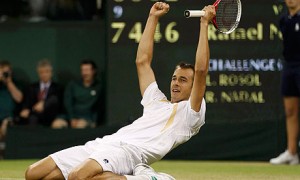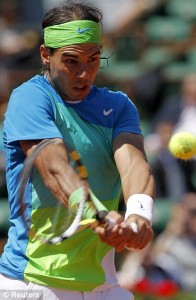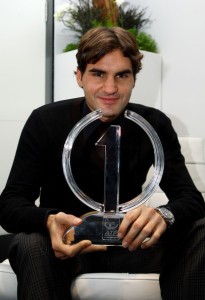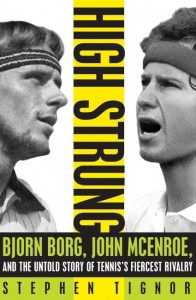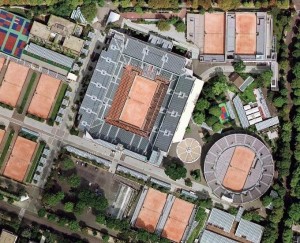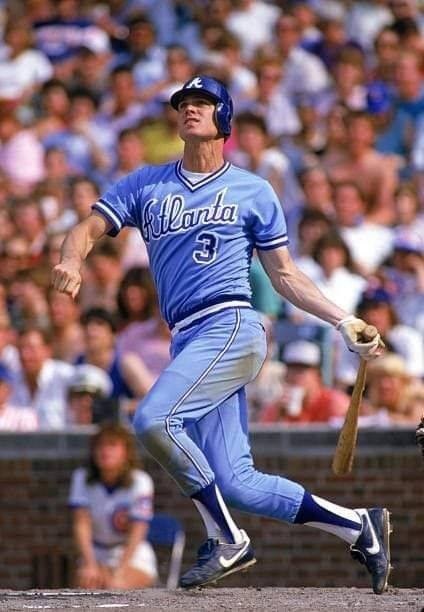Ranking the Most Successful Male Clay Court Players of the Modern Era 1
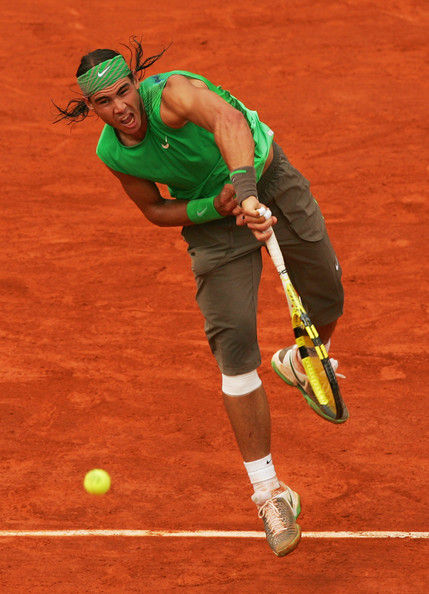 Heading into the French Open, the second major of the season, most players prepare diligently for their final hurrah on clay. It remains as probably the least understood and least appreciated of the court surfaces players endure each year.
Heading into the French Open, the second major of the season, most players prepare diligently for their final hurrah on clay. It remains as probably the least understood and least appreciated of the court surfaces players endure each year.
If the truth be told, players who learn to play on clay and who embrace the surface’s forgiving nature generally become better, more successful all-around players than those who learn the game on grass or hard courts.
The typical clay court player excels in patience by learning how to develop points as well as excellent defensive skills.
For a long time it seemed that some players segregated their careers by either avoiding clay altogether or by playing exclusively on the red dirt. But with the start of the Open Era and the necessity to play on multiple surfaces, some players built successful all-court games using clay court expertise as the foundation.
These male players achieved a top ten ATP ranking, a winning percentage in excess of 70 percent on clay throughout their careers—as well as double digit title wins on clay. Most also won at least one French Open, although not all.
